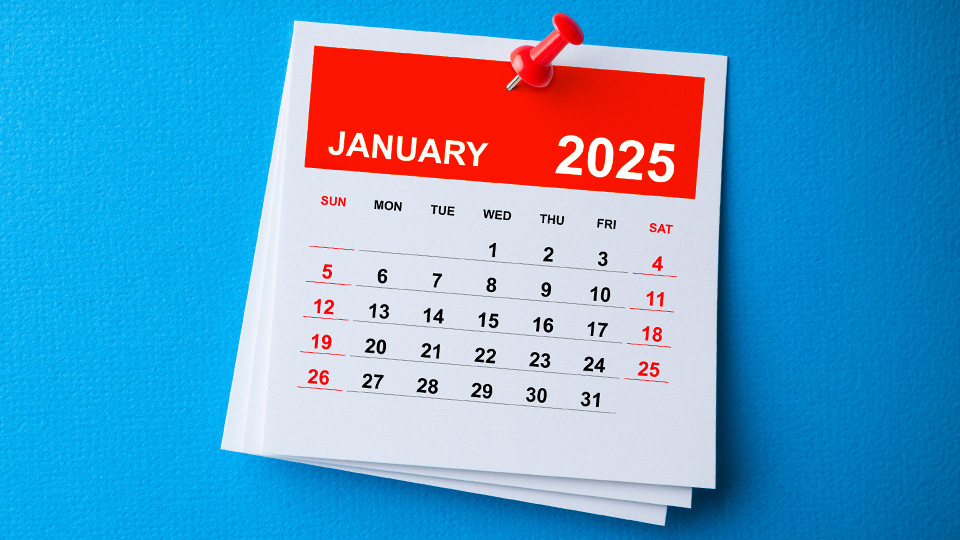Quick: What’s the last ad you saw?
The odds are good that you’re coming up empty — which is ironic, since we live at a time when commercial messages are seemingly everywhere: from elevator screens and gas station pumps to uniforms of sports teams, stadium names and airline boarding passes.
Unfortunately, the most memorable ads — those that evoke joy, curiosity or other emotions and show up on “best of” lists — are increasingly scarce. U.S. advertisers are expected to have spent almost $390 billion by the end of 2024, according to eMarketer. Yet 47% of the ads that consumers encounter inspire them to “feel nothing, do nothing,” according to a report from System1 Group, a market research firm.
There’s a price to pay for this blandness: $189 billion. That’s the additional amount System1 estimates advertisers would have to spend annually on “dull” ads to get the same level of response as ads that exude energy and evoke emotion.
This is the so-called “beige tax” — a staggering amount wasted on colorless, low-energy advertising and marketing that fails to connect.
It’s not exactly a new problem. John Wanamaker, a 19th century department store owner, reportedly once said, “Half the money I spend on advertising is wasted; the trouble is, I don’t know which half.”
Start with the truth — the consumer’s, not yours
With the stakes so high, where do we go from here? Put simply: We must address this crisis of creativity in advertising head-on. The real issue, though, is our habit as professionals of looking inward. Too often, we become enamored with our own cleverness, forgetting to engage with the outside world and see through the eyes of end users, clients and the marketplace. We’re also in a period where marketers are constantly asked to do more with less.
This is where data speaks the loudest. Data-driven insights provide the spark for breakthrough ideas. But that can only happen if we’re willing to challenge conventional thinking and pursue bolder ideas on the way to better advertising ROI.
The question of creativity and emotion in advertising has long interested academic and industry thought leaders, resulting in studies that show an unmistakable connection to metrics such as sales, market share and profitability.
For example, WARC and Kantar in a 2023 study found that ads highly rated for creativity and effectiveness drove four times as much profit than creative that ranked on the lower end of the scale.
Of course, there are some risks involved. Creativity for the sake of creativity rarely ends well. Marketers and agencies need to work together to make sure their expressions align with brand values. Today’s younger generations, data shows, place a sky-high value on authenticity — again, in a way that impacts results. Breakthrough Research’s Brand Authenticity Report 2023 found that how consumers feel about a brand influences how much they spend.
Embrace the joy of taking risks
Research is just the first step. Building and reinforcing a culture that is unafraid to think differently is crucial to beating the beige tax. Indeed, it’s the ads that break with conventional wisdom that seem to linger in the minds of consumers. That’s what we consistently find at Betty, and what we have successfully done in our work with Raw Sugar, a growing provider of personal care items.
Leaning heavily on data-driven insights, our team and Raw Sugar looked at the category with a fresh set of eyes and found something interesting: personal care marketing often emphasizes ingredients taken out of products, in a bid to speak to an increasingly health-conscious consumer.
We recommended that Raw Sugar go in the other direction: focusing on the good ingredients it was putting into its shampoos, body washes, lotions and deodorants. These included vegan extracts, vitamins and minerals, among other additions. We looked to prep consumers’ senses by emphasizing clean and natural scents that inspire a sense of joy and optimism.
Creating memorable, outside-the-box moments also means looking at data from different directions. Research shows that 60% of people find their partners more attractive when they enthusiastically tackle household chores. On behalf of a separate client, CLR, we used humor to envision what that might look like in the average day of a couple (don’t worry, though — it’s still SFW).
Certainly, not every initiative will capture the public’s fascination, nor does it need to. But at a time of ever-tightening budgets, intensifying competition and splintering of media markets, don’t we owe our clients better?
Elizabeth Grabek is Senior VP of Strategy at Betty, a Quad agency. She was recently named a member of the 2024 Adweek 50 list, which honors changemakers in advertising, marketing, technology and media.



